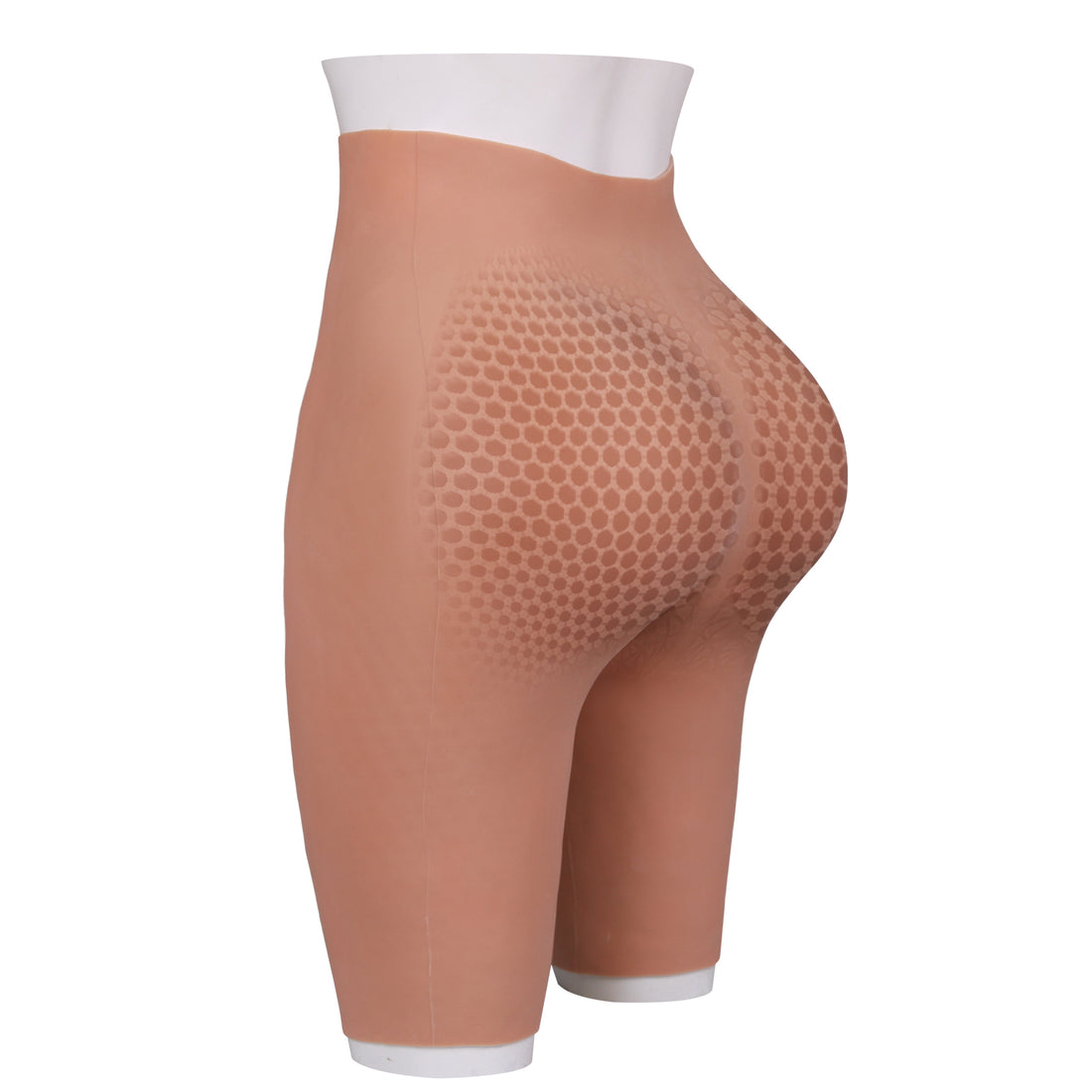
Flocking: Improve the plush and delicate feel of silicone

Flocking is a unique surface treatment technique that artfully adheres tiny fibers to a product, giving it a luxurious plush feel and look. This sophisticated treatment not only enhances the texture of silicone but also enhances its insulation properties, making it a popular choice in fashion, home and more.
The Intricate Flocking Production Process
The production process for flocking is intricate, encompassing several nuanced steps:
-
Surface Treatment: A specialized treatment is applied to the fabric's surface. This step involves techniques such as chemical coating or mechanical sanding, laying the foundation for the subsequent flocking process.
-
Fiber Subdivision: Fine fibers are meticulously affixed to the fabric's surface through mechanical or chemical means, creating a plush, furry effect that elevates its visual and tactile appeal.
-
Fixing Treatment: To ensure the longevity of the flocking effect, appropriate fixatives or advanced technological methods are employed, firmly securing the fibers in place and preventing easy detachment.
-
Trimming and Finishing: The final touch involves meticulous trimming and finishing of the flocked products, enhancing their aesthetic allure.
Characteristics that Define Flocking
-
Soft and Inviting: Flocked products exhibit a soft and inviting texture. The flocking treatment not only refines the fabric's feel but also diminishes the stickiness often associated with silicone products, providing a comfortable and pleasing experience.
-
Enhanced Thermal Insulation: The furry structure created by flocking proves instrumental in trapping air, significantly improving the fabric's thermal insulation capabilities. This makes it an ideal choice for garments and textiles that prioritize warmth.
-
Durable Elegance: Flocking imparts a degree of wear resistance to the fabric, thereby extending its overall durability and service life. This makes it a practical and elegant choice for a variety of applications.
In essence, flocking emerges as a transformative art, turning ordinary fabrics into extraordinary sensory experiences. Its meticulous production process and distinctive characteristics contribute to its widespread adoption across diverse industries, where softness, warmth, and durability converge to redefine fabric aesthetics.

Cleaning instructions for flocking
Cleaning flocked products demands special attention to ensure the longevity of their plush appearance. Follow these tips for a meticulous and effective cleaning process:
Read Cleaning Instructions: Prior to cleaning, carefully review and adhere to the product's cleaning instructions. Different flocked items may necessitate distinct cleaning methods and precautions.
Hand Washing Excellence: Opt for hand washing over machine washing, especially for smaller flocked products. Use a mild detergent, gently rub the surface, and avoid vigorous friction to prevent fluff loss or deformation.
Mild Water Temperature: Employ a mild water temperature for cleaning flocked items, steering clear of excessively hot water. Elevated temperatures could potentially harm the delicate flocked fibers, impacting the overall appearance.
Wash Separately: Whenever possible, wash flocked products separately to avert color bleeding or fiber crossover with other items.
Gentle Drying: Post-cleaning, steer clear of direct sunlight exposure. Choose a well-ventilated area for drying, ensuring that flocked products are placed in a cool spot to prevent color fading and fiber damage.
Say No to Bleach: Avoid using bleach during the cleaning process, as it can compromise the pile structure and color integrity of flocked items.
Ironing is prohibited: Ironing is prohibited for both silicone and flocking.
By adhering to these guidelines, you'll not only ensure the cleanliness of your flocked products but also extend their lifespan, allowing you to revel in their pile-like elegance for a more extended period.
